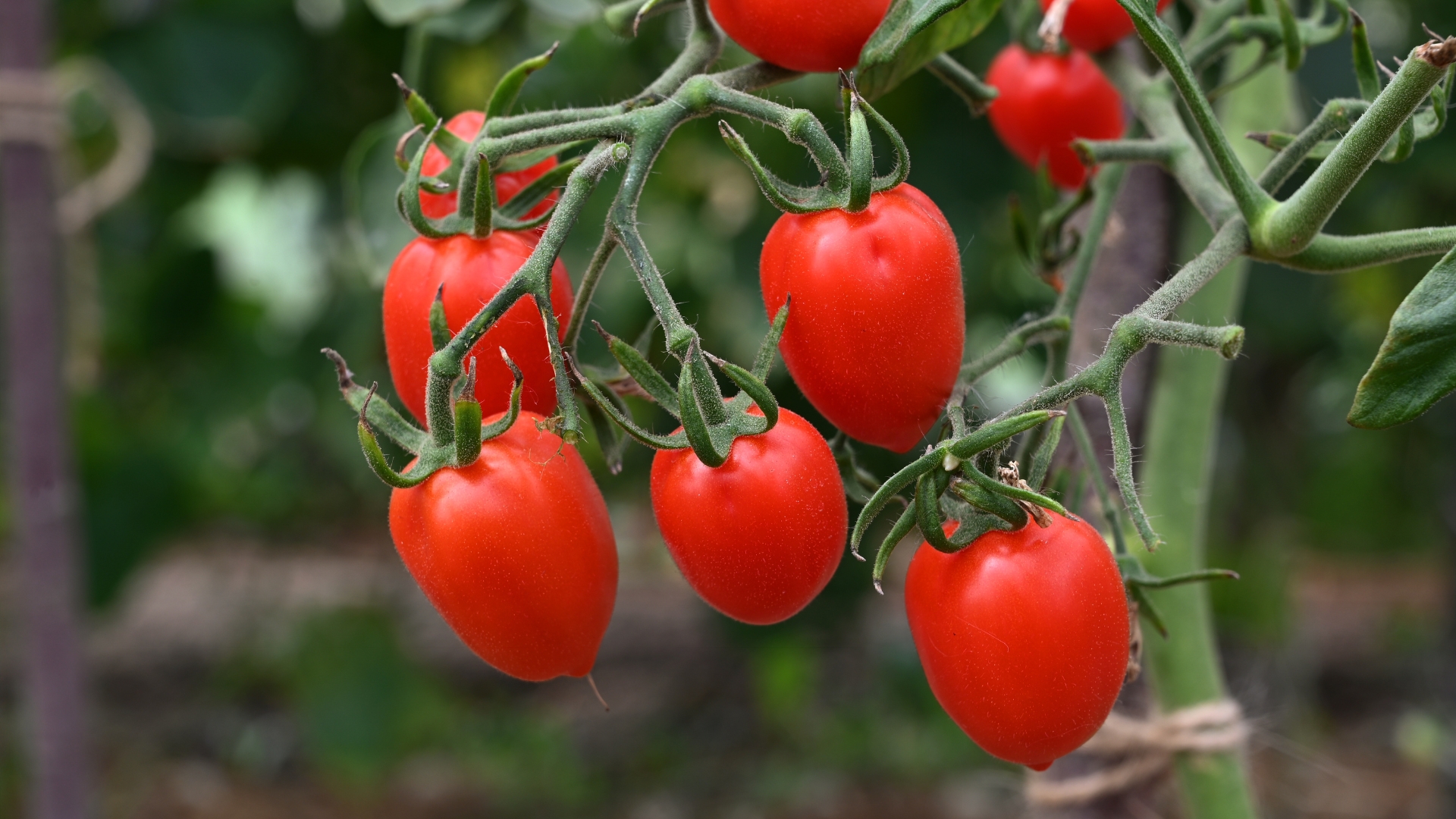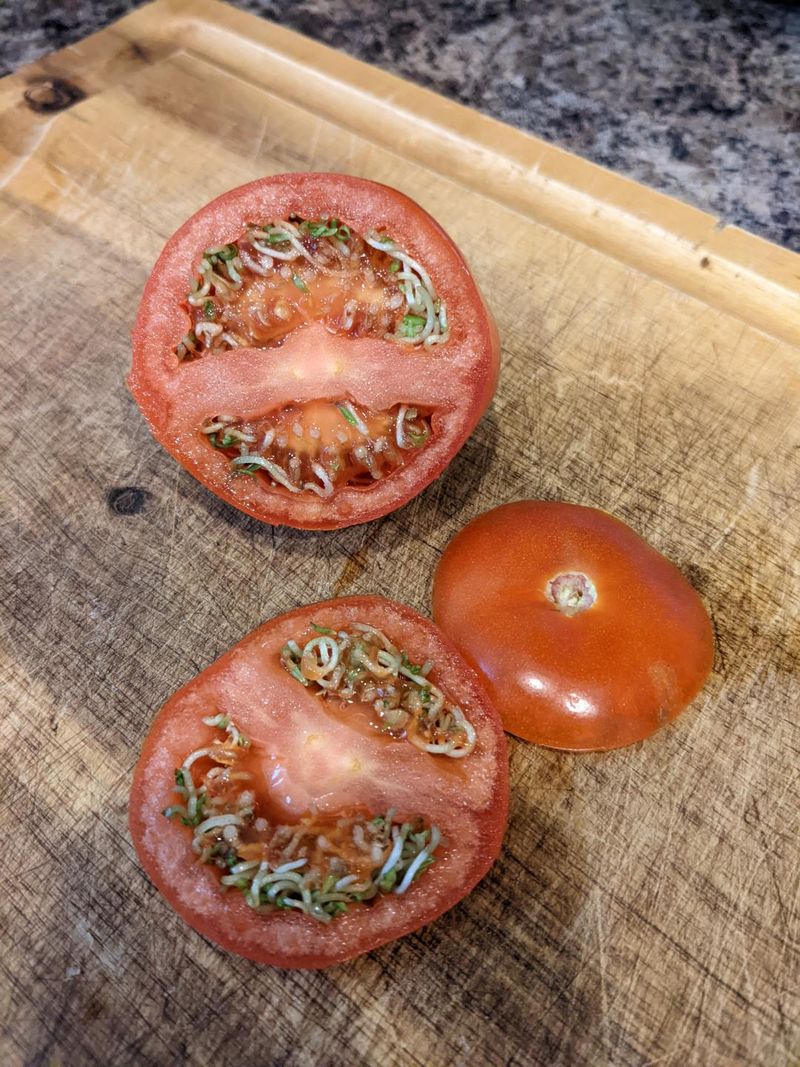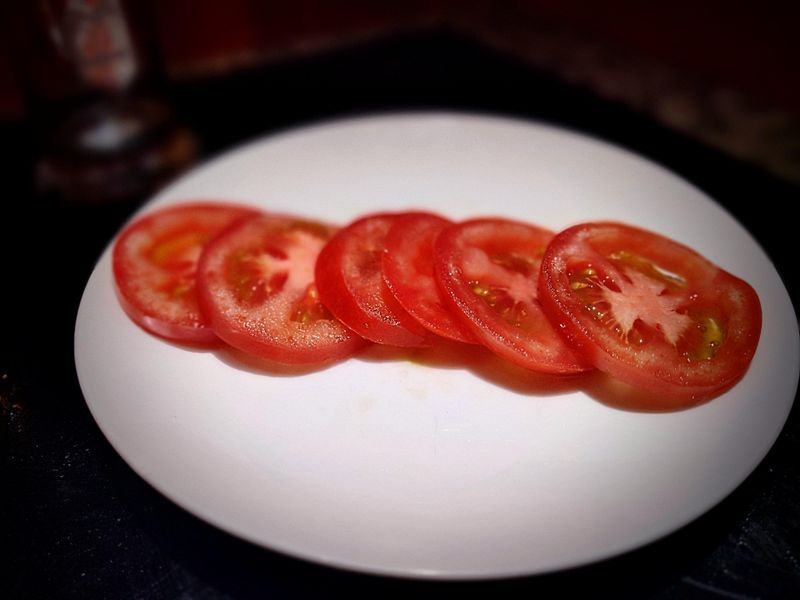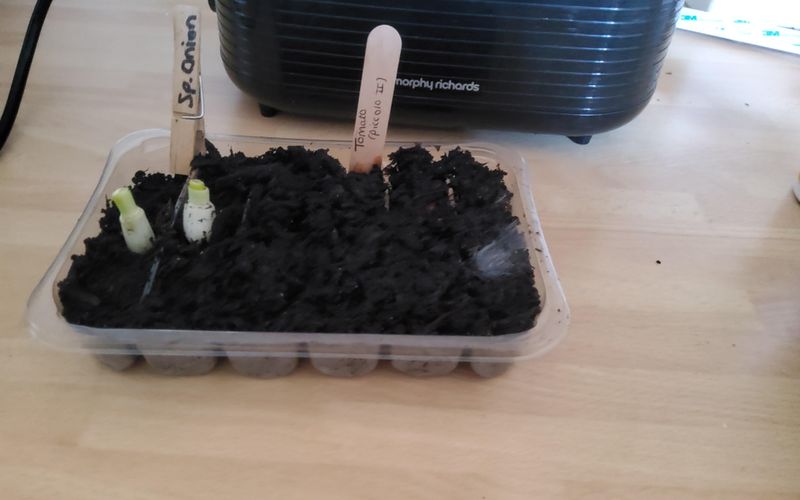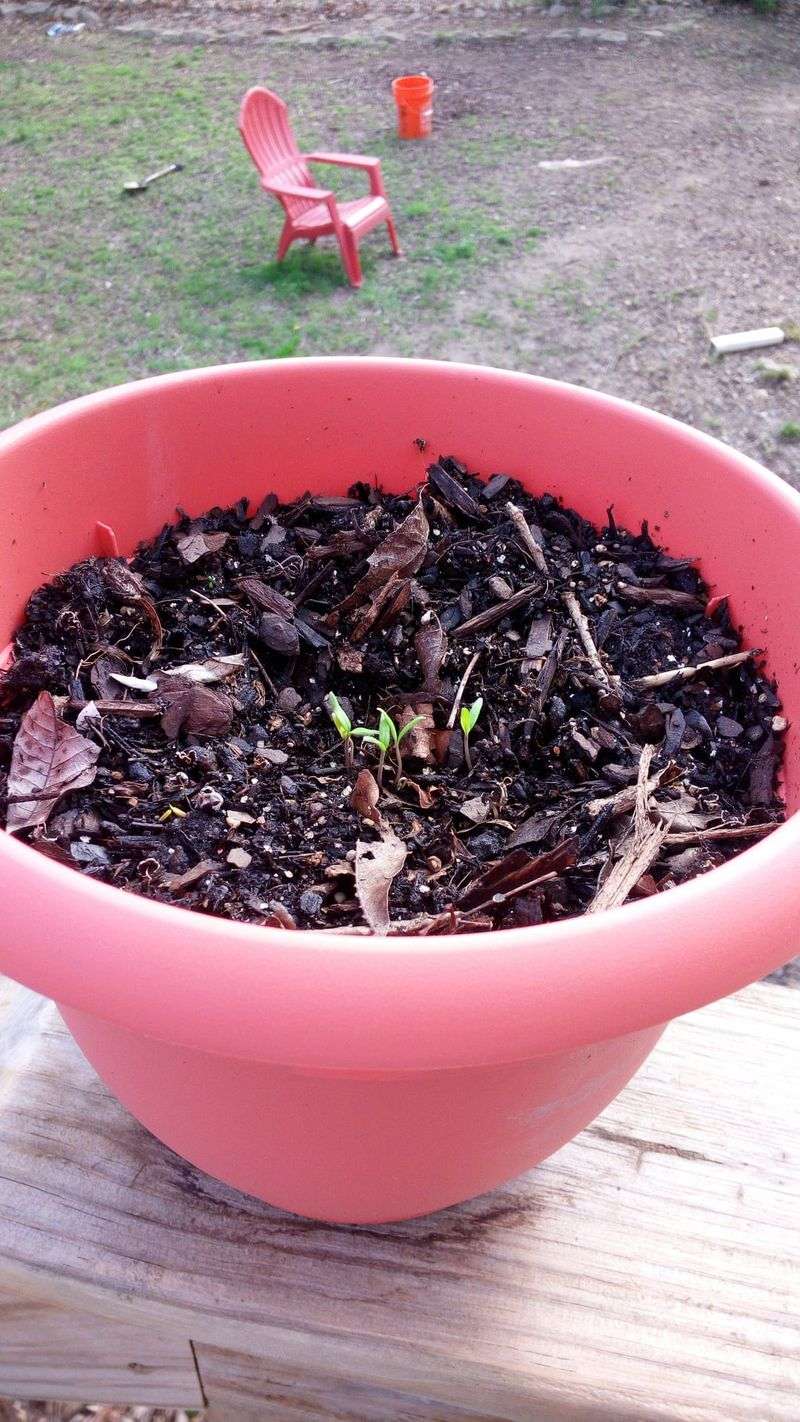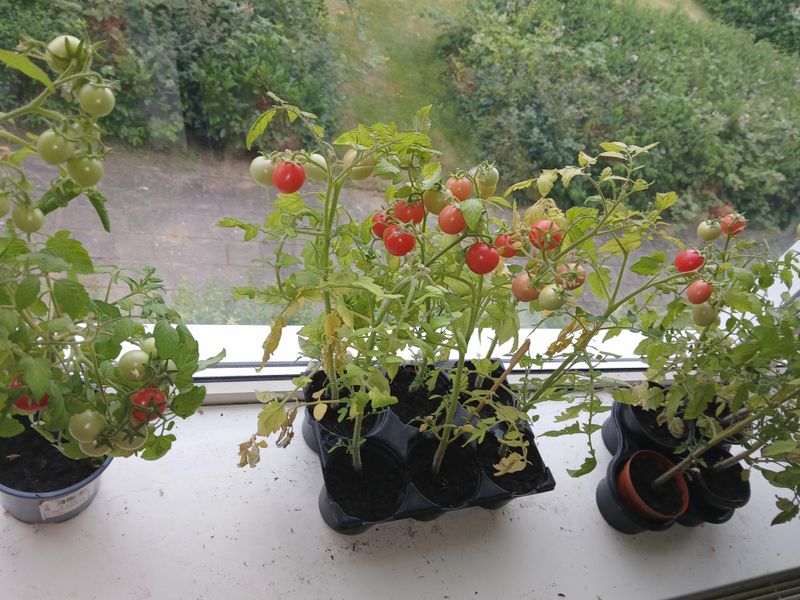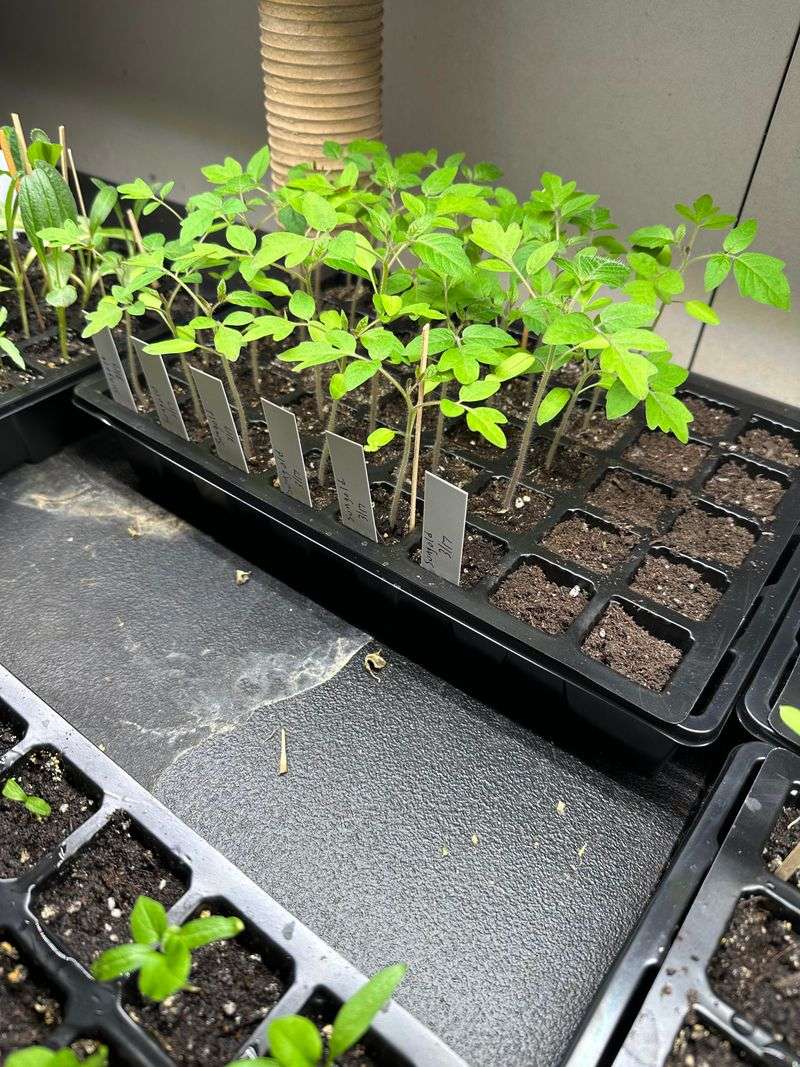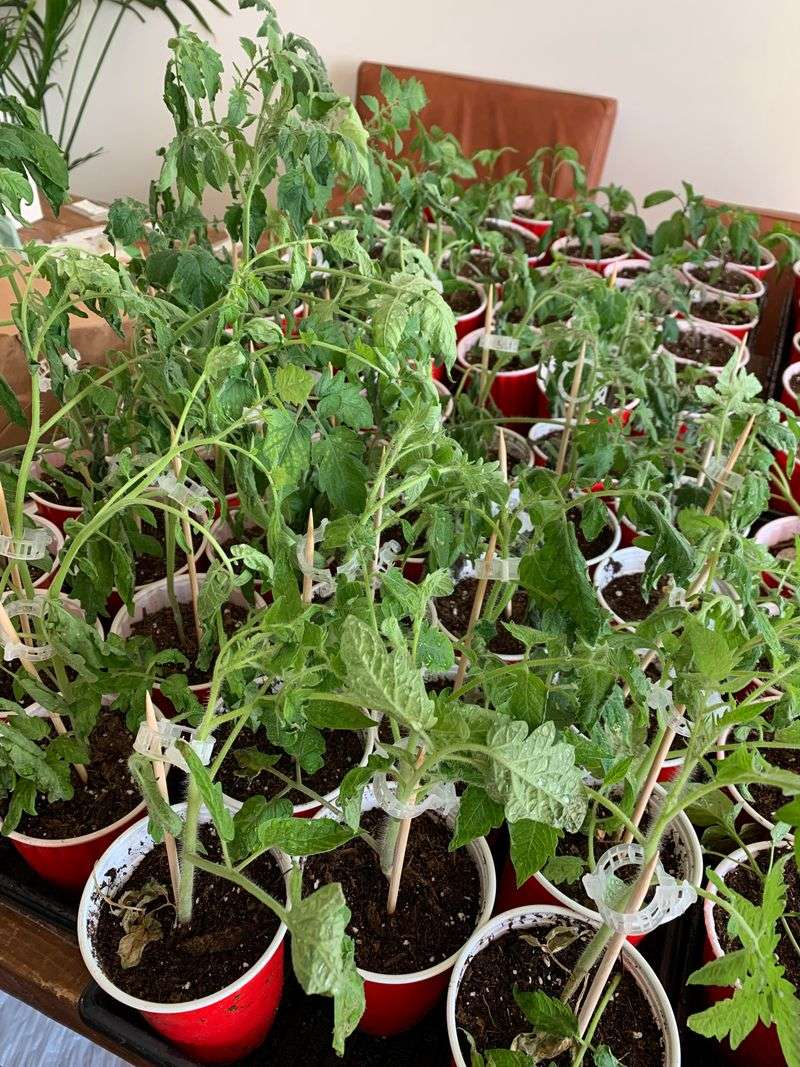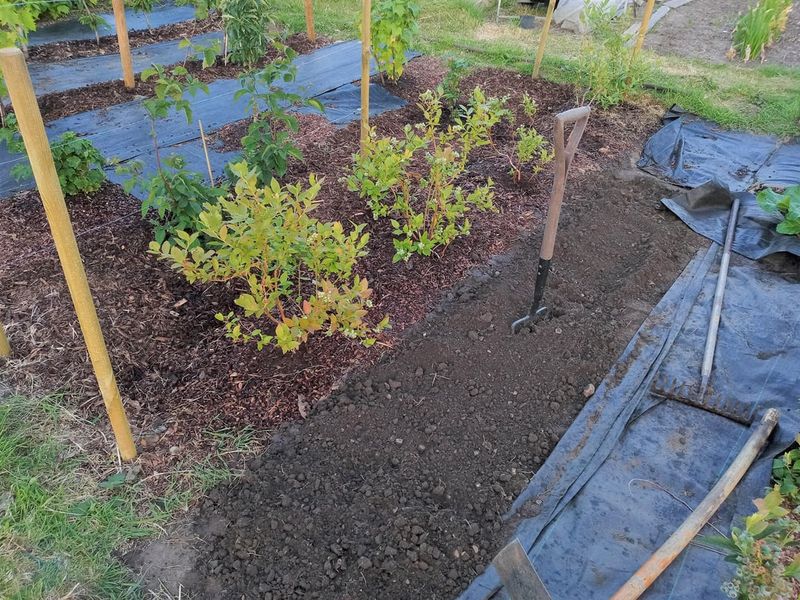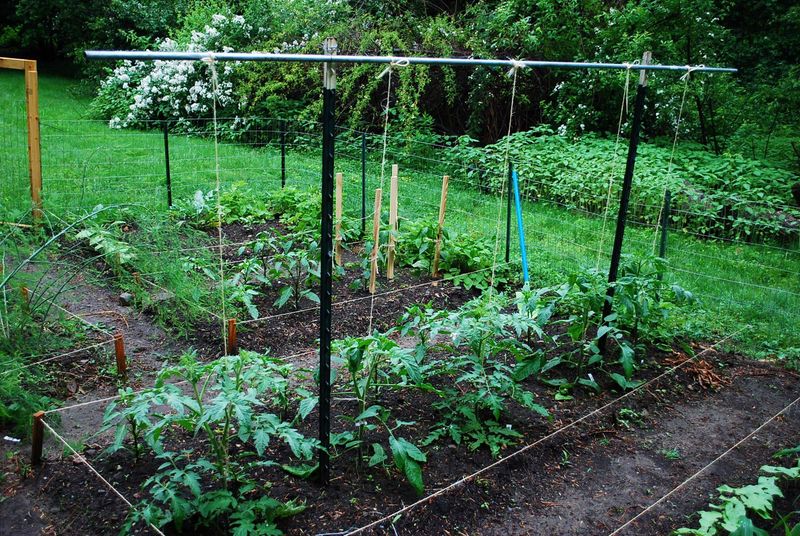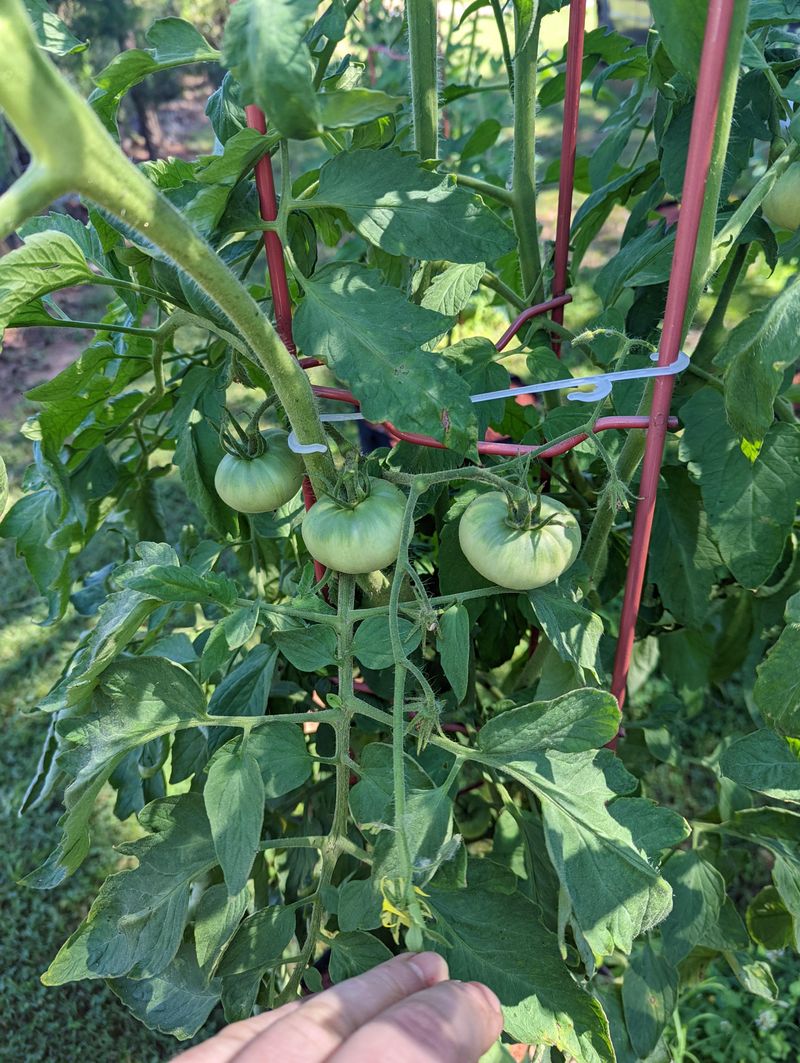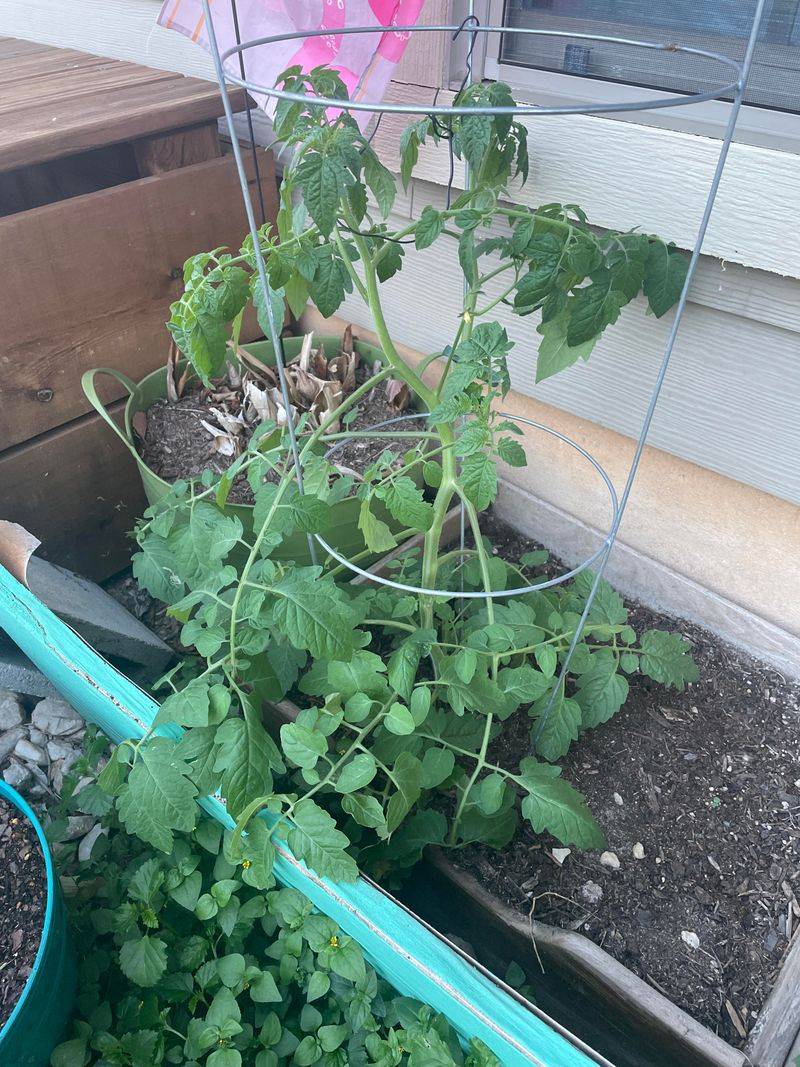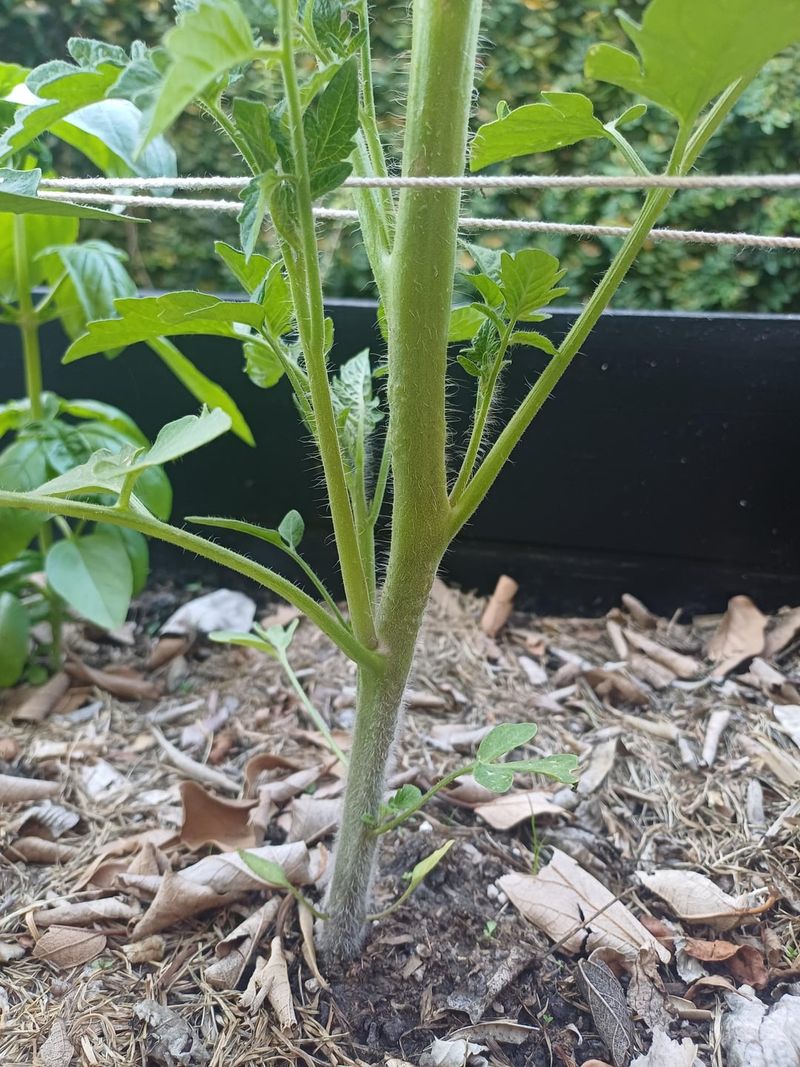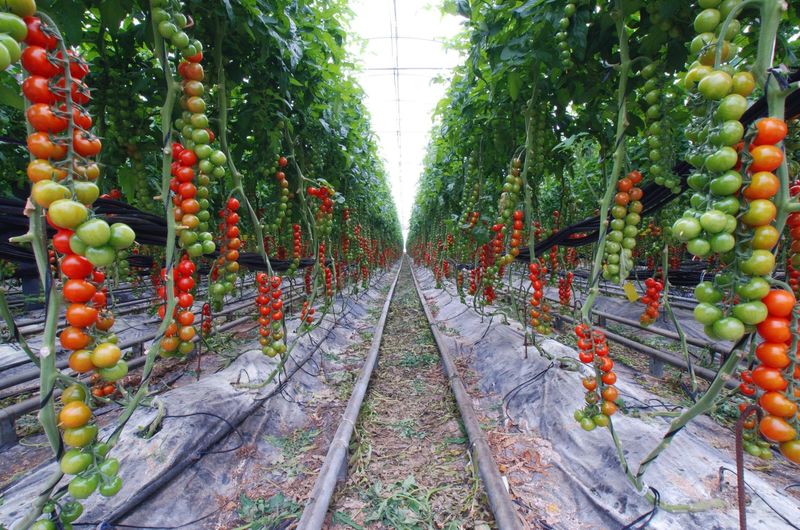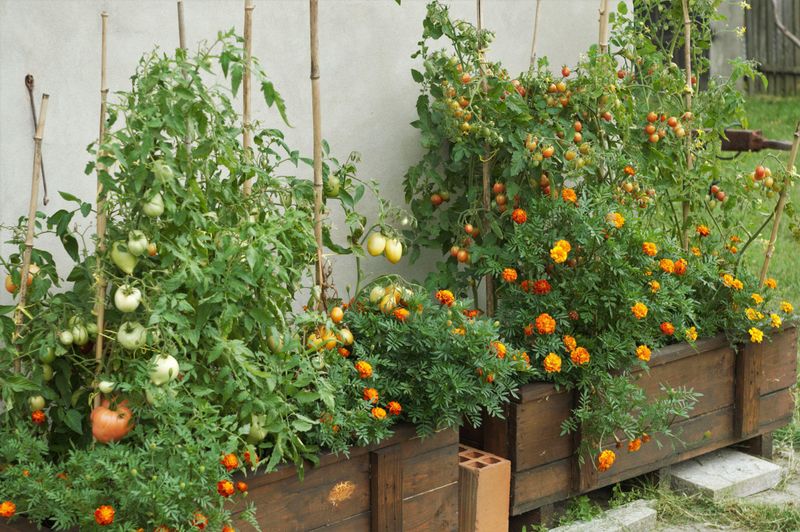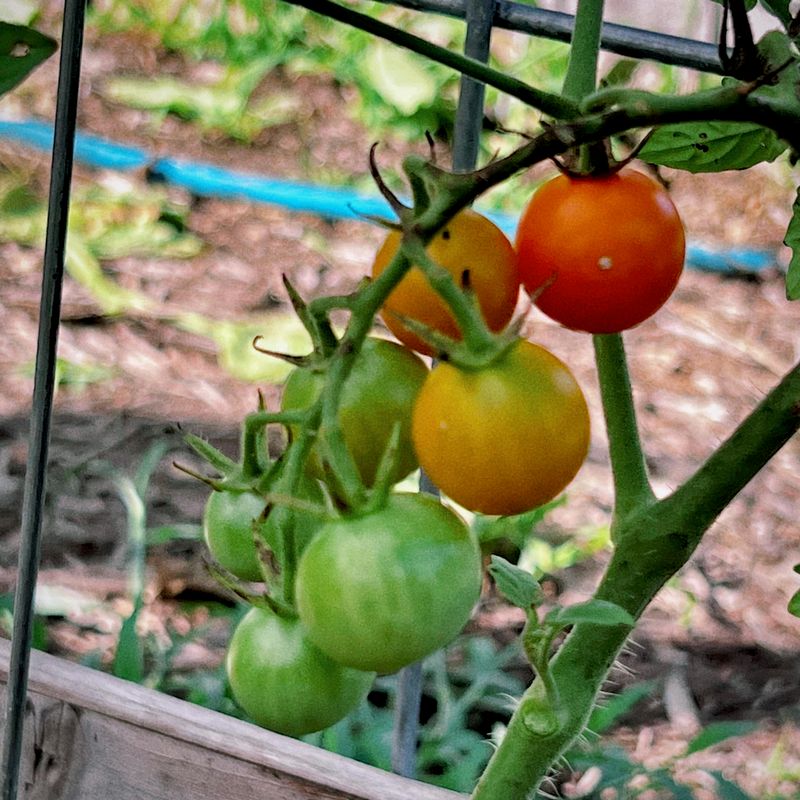Who knew a humble tomato slice could turn into a whole garden full of juicy fruit? I gave it a shot one summer, and now it’s my favorite lazy gardener hack.
These 5 simple tricks make it easy to grow a bunch of plants without starting from seed packets. And once they’re up and growing, a few extra tips will keep them producing like champs.
Let’s turn kitchen scraps into tomato gold!
1. Choose Ripe, Heirloom Tomatoes
The best tomatoes for slice propagation are fully ripe, non-hybrid varieties. Heirloom tomatoes contain viable seeds that will grow true to their parent plant, unlike many store-bought hybrids which might be sterile.
Look for tomatoes with bright color and firm flesh. When selecting your tomato, remember that organic options haven’t been treated with germination inhibitors, giving you a better chance of success with this growing method.
2. Proper Slicing Technique
Cut your tomato into quarter-inch thick slices using a sharp knife. The thickness matters because too thin won’t provide enough nutrients for germination, while too thick might rot before sprouting.
Make sure each slice contains multiple seeds in the gel-like substance. The gel actually contains growth inhibitors, but we’ll address that in the next step. For best results, select slices from the middle portion where seeds are most abundant.
3. Prepare Growing Medium
Start with a seed-starting mix rather than garden soil. The lighter texture allows delicate roots to develop easily, and the sterile environment prevents diseases that could kill your seedlings before they have a chance.
Fill small pots or seed trays with moistened mix, pressing gently to eliminate air pockets. Avoid compacting too firmly which could impede root growth. Pre-moisten the soil before planting for even moisture distribution.
4. Plant Slices Correctly
Lay each tomato slice flat on the soil surface, then cover with just ¼ inch of additional soil mix. Too deep and they won’t receive enough light to trigger germination; too shallow and they’ll dry out quickly.
Space multiple slices at least 2 inches apart to prevent overcrowding. Mist gently with water to ensure good contact between the slice and soil. The seeds will sprout right from within the tomato flesh!
5. Create Mini-Greenhouse Effect
Cover your planted tomato slices with plastic wrap or a clear dome to create humidity. This mini-greenhouse environment keeps moisture levels consistent and speeds up germination by trapping warmth.
Place your covered container in a warm spot with indirect light, ideally 70-75°F. Remove the cover briefly each day to prevent mold growth. Within 7-14 days, you’ll spot tiny green sprouts emerging from the decomposing tomato flesh!
6. Separate Seedlings Carefully
Once your tomato slice produces multiple seedlings reaching 2-3 inches tall, it’s time to separate them. Gently tease apart the roots using a plastic fork or popsicle stick to minimize damage to delicate root systems.
Transplant each seedling into its own small pot filled with regular potting mix. Hold seedlings by their leaves rather than stems when moving them – if you damage a leaf, it can grow back, but a crushed stem means a dead plant.
7. Harden Off Before Transplanting
Gradually acclimate your tomato seedlings to outdoor conditions over 7-10 days. Start by placing them outside in a sheltered spot for just an hour, then increase exposure time daily.
This hardening-off process prevents transplant shock that can stunt growth or kill plants. Watch for signs of stress like wilting or leaf curl and bring plants back inside if they appear distressed. By day 10, they should be tough enough for garden life.
8. Provide Deep, Consistent Watering
Tomatoes need regular moisture to produce juicy fruits. Water deeply at the base of plants rather than sprinkling from above, which can spread disease and waste water through evaporation.
Aim for 1-2 inches of water weekly, adjusting for rainfall. Mulching around plants with straw or compost helps retain soil moisture and regulate temperature. Inconsistent watering causes problems like blossom end rot and fruit splitting.
9. Support Plants Properly
Install sturdy supports when plants are still small to avoid damaging established roots later. Cages, stakes, or trellises keep fruit off the ground, improving air circulation and reducing disease problems.
For slice-grown tomatoes, which are indeterminate varieties, choose tall supports at least 5-6 feet high. Secure plants to supports with soft garden ties or strips of old t-shirts that won’t cut into growing stems as they expand.
10. Fertilize at Crucial Growth Stages
Feed your tomatoes with balanced organic fertilizer when first transplanting to encourage strong root development. Switch to a phosphorus-rich formula (middle number higher) when flowering begins to boost fruit production.
Avoid high-nitrogen fertilizers which produce lush foliage at the expense of fruit. Consider supplementing with calcium to prevent blossom end rot. Liquid seaweed or compost tea makes excellent foliar sprays that provide micronutrients without burning plants.
11. Remove Lower Leaves
Prune the bottom 6-8 inches of foliage once plants reach 18 inches tall. These lower leaves often touch soil, becoming entry points for soil-borne diseases that splash up during watering.
Use clean scissors or pruners and cut close to the main stem without leaving stubs. This practice improves air circulation and redirects the plant’s energy to fruit production rather than maintaining unnecessary foliage. Added bonus: it makes harvesting easier!
12. Practice Strategic Pruning
Remove suckers—the small shoots that form in the crotch between main stem and branches—on indeterminate varieties. These energy-draining offshoots reduce your overall yield if left unchecked.
Pinch them when small using your fingers, or snip larger ones with clean tools. For maximum harvest, focus on removing suckers below the first flower cluster. This redirects energy to fruit production while maintaining enough foliage for photosynthesis.
13. Rotate Planting Locations
Never grow tomatoes in the same spot year after year. This practice invites soil-borne diseases and pests that specifically target tomato plants to build up in your garden.
Plan a three-year rotation minimum before returning tomatoes to the same bed. Plant other unrelated crops like beans, corn, or lettuce in between tomato years. Keeping detailed garden maps helps track rotations and prevents costly mistakes.
14. Companion Plant Strategically
Grow basil, marigolds, and nasturtiums alongside your tomatoes to repel harmful insects naturally. Basil particularly enhances tomato flavor while deterring tomato hornworms and flies.
Avoid planting potatoes, fennel, or cabbage family crops nearby, as they compete for nutrients or attract incompatible pests. Garlic and onions make excellent companions that help prevent fungal diseases through their natural antibacterial properties.
15. Monitor for Pests Regularly
Check your plants at least twice weekly, examining leaf undersides where many pests hide. Early detection means easier control with minimal intervention – often simply removing affected leaves or handpicking larger pests.
Introduce beneficial insects like ladybugs and lacewings that prey on common tomato pests. For persistent problems, try organic solutions like neem oil or insecticidal soap before resorting to harsher chemicals that might harm pollinators and beneficial garden helpers.

